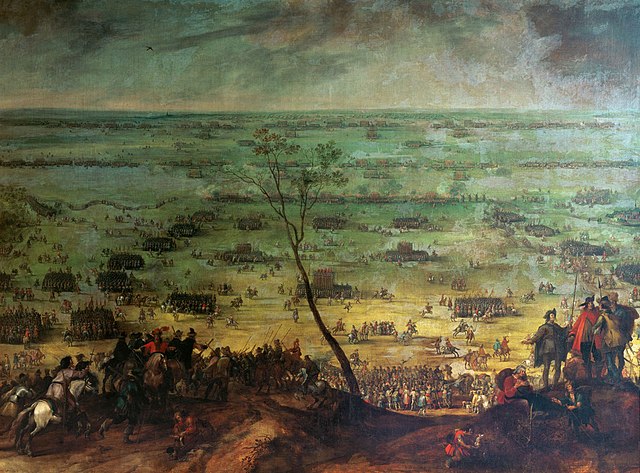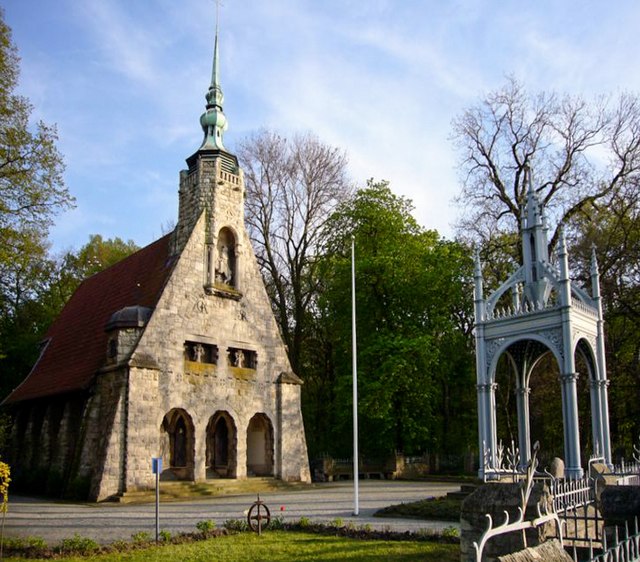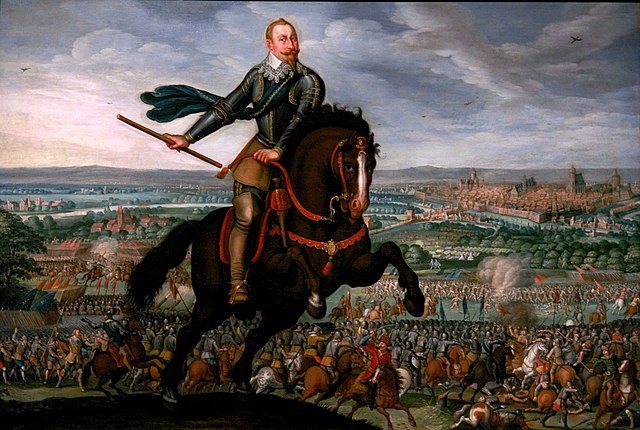The Battle of Lützen, fought on 6 November 1632, is considered one of the most important battles of the Thirty Years' War. Led by the Swedish king Gustavus Adolphus, an Allied army primarily composed of troops from Sweden, Saxony, and Hesse-Kassel, narrowly defeated an Imperial force under Albrecht von Wallenstein. Both sides suffered heavy casualties, with Gustavus himself among the dead.
Death of Gustav II Adolph at the Battle of Lützen (1855) by Carl Wahlbom
View from the Imperial side in Pieter Snayers' painting of the battle, commissioned by Imperial commander Ottavio Piccolomini.
Gustavus Adolphus memorial at Lützen
Finding the body of Gustavus Adolphus after the Battle of Lützen by Carl Wahlbom.
Gustavus Adolphus, also known in English as Gustav II Adolf or Gustav II Adolph, was King of Sweden from 1611 to 1632, and is credited with the rise of Sweden as a great European power. During his reign, Sweden became one of the primary military forces in Europe during the Thirty Years' War, helping to determine the political and religious balance of power in Europe. He was formally and posthumously given the name Gustavus Adolphus the Great by the Riksdag of the Estates in 1634.
Portrait attributed to Jacob Hoefnagel, 1624
Gustavus Adolphus leading a cavalry charge
The Lion of the North: Gustavus Adolphus depicted at the turning point of the Battle of Breitenfeld (1631) against the forces of Count Tilly
Gustavus Adolphus at Breitenfeld in 1631








